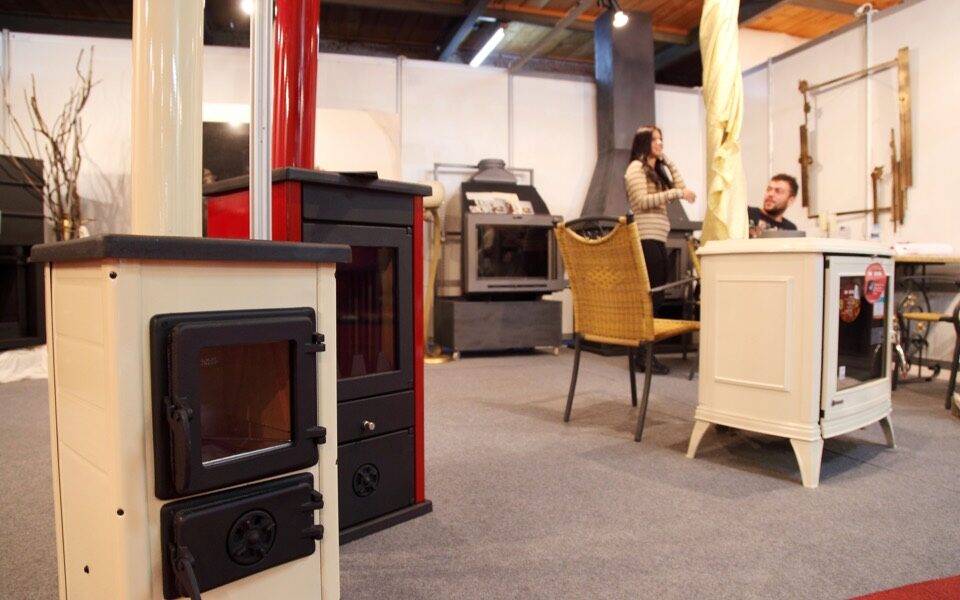Wood burners, solar boilers take center stage

With the energy crisis continuing unabated and a difficult winter looming, households are looking for alternatives to reduce electricity bills and heating costs.
Indicatively, searches on the Skroutz shopping site in the first 10 days of September for wood-burning stoves were up 318% year-on-year, for pellet stoves 122% and for fireplaces 107%.
On the other hand, searches for electric fireplaces are down 1%. The above figures refer to searches made by users and not necessarily purchases. However, the data indicate where demand will be heading.
What’s more, supplies of firewood have already begun to come in since mid-summer on growing demand. According to businesspeople involved in the firewood trade, orders are five times higher than last year. They have also expressed concern about the availability of wood in the coming months, especially in December.
Firewood prices have risen by 30%-40% compared to last year, with the cost per cubic meter increasing from 100 euros last year to 140 euros this year.
Kathimerini understands that the possibility of imposing a cap on the price of firewood and fuel in general is not on the cards. What is being considered is to apply to these products a specific limit on the profit margin, as well as to oblige companies to declare stocks, in order to avoid artificial shortages in the market.
At the same time, as 20%-25% of the electricity in a home is spent on heating water, there is great demand for the highly efficient solar water heater in order to reduce the cost of electricity
Currently only three out of 10 households in Greece have solar water heaters. In Cyprus and Israel they are used by 90% of households.
The use of solar water heaters already saves 650 million cubic meters of natural gas every year, which would be needed for electricity generation.
“A solar water heater system covers annual hot water needs by more than 80%. If we had not installed solar water heaters and used electricity, at least three additional units of equivalent capacity of the Megalopolis lignite center would have had to be built,” said Dr Vassiliki Drosou, head of the Thermal Solar Department at the Center for Renewable Sources and Energy Saving, in comments to Kathimerini.





